JSVR is happy to introduce to you a “guest” writer, Imminent Disaster. She is a NY-based artist traveling in South America and agreed that our blog would be a great place to write about her travels and projects throughout her trip abroad.
Imminent Disaster began her journey in February 2008, which will bring her through Bolivia, Peru and Chile, with the intention of using murals as means of
dialogue for polemic issues affecting the cultures of these countries. Although the pieces themselves are one level of dialogue, the experiences leading up to them are perhaps even more revealing. This post documents a series of expereinces with poverty and violence in the Cusco area.
The following is an image of the first mural of her journey, the events leading up to it, and our first installment on Justseeds!
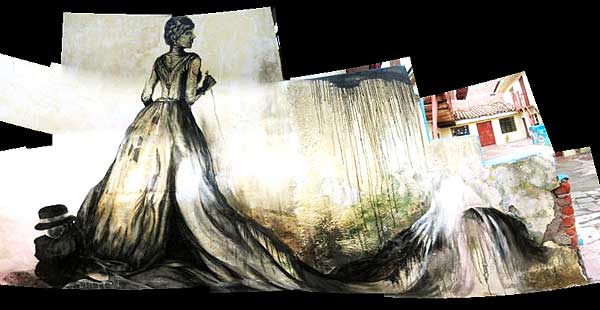
The Story Behind the Mural for Aldea Yanapay
About 2 years ago I was in Cusco for 4 months doing a semester abroad program. I met a backpacker from Canada who had been looking into a series of different orphanages that had been established to deal with the omnipresent problem of children living on the streets and working odd jobs like shining shoes or selling postcards to make some semblance of a living. One of the most creative of these money making schemes I noticed was a group of boys who did an acrobatic dance routine resembling American break-dancing in front of cars parked at a stoplight on Avenida El Sol. Although Peru fundamentally lacks a great deal of social services for the disabled, elderly and poorest sectors of society, even the smallest towns in the mountains have at least one publicly funded primary school usually taking kids up to 10 or 12 years old. However, in rural areas, most young people that want to continue to High School have to commute to larger city where they can enroll in classes. From the parents this requires money for transport and sometimes lodging for their child in those cities during the school week. Oftentimes, before the child advances enough in his or her studies to be able to continue to High School, their parents pull them from school for economic reasons. In the campo, kids are another set of hands working in the fields, and in the city. They are valuable enticements attracting sympathetic tourists to part with their spare change.
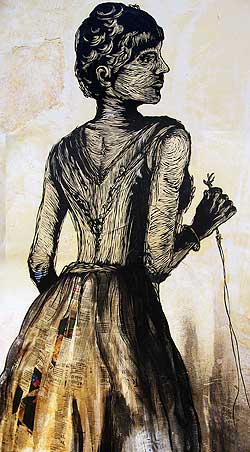
When I met up with my Canadian friend to search out an orphanage called Colibri in 2005, his mission was to donate money without going through the parasitic series of middle men who would inevitably take a cut of the money for administrative costs. Colibri is not the only orphanage around Cusco. There are many others that are much larger, well publicized and enjoy ample funding by churches or NGOs. We chose Colibri because it was less known, less funded and really needed the support. Colibri was located in a run-down old hacienda in a small town called Lucre, and was funded by the municipal police as an effort to deal with the “worst” of the young boys living on the streets. These were the boys that frequently ended up at the police station as repeat offenders for stealing or other petty crimes, the boys that sniffed Teknol and passed out in the medians of major streets, the boys working as prostitutes—basically these were the boys who were the most unwanted, deemed incurably delinquent and thus rejected from more upright orphanages. When we visited in 2005, there were about 15 boys living in the hacienda. They had classes during the day, and also maintained a small cuy farm and were starting to sow a small field of corn to help cover the expenses of the orphanage. What was allotted to them by the government was not enough to cover costs, even for 15 boys. After talking to the director for some time, my Canadian friend indicated his desire to donate the equivalent of $75 to the orphanage. The man beamed eagerly and accepted gratefully—that money means more bulk grains, rice, food, school supplies for the boys. I sat on the sidelines during this exchange as an interpreter between my Canadian friend who didn´t speak any Spanish and the director who didn’t speak any English. The fleeting thought crossed my mind as I called the rampant corruption permeating Peruvian government—I hoped the money actually goes to the boys and not to the director´s laundry fund. But, this was the best that we could do, and at this point we had to have faith that the director genuinely desired to improve the lives of these boys.
In February 2008 I returned to Cusco for the beginning of my “painting” trip. I arrived there after 2 weeks of travelling and not doing any painting at all, harboring many idealistic notions that I felt incapable of fulfilling. I wanted to search out Colibri again and attempt to work with the boys doing art, and maybe paint a mural there. However, I had read on the Internet that Colibri had closed and decided that I must make a trip to Lucre to verify the information. At the police station, they told me the orphanage had closed 8 months ago, but another had opened in a town called Urubamba, and I would be able to find the exact address by going to the Comisaria de la Mujer in Cusco. When I arrived there the next day laden with questions, the police quickly cleared up the idea that there might be another orphanage elsewhere—in fact the boys had been moved to foster care in private homes, but the Comisaria did have a dormitory for abandoned and abused children as they waited for the adjudication of their future. Would I like to see it? I explained I was an artist, interested in teaching art and painting murals, no I was not with an NGO, but travelling alone. An officer took me into the kids´main room, and I was stunned into silence. There was about 25 of them in a 15´x15´room with 3 bunk beds and not enough chairs, so some sat on the floor or crowded around the rooms only accessible window to peer outside. In that moment I had absolutely no idea how I would do an art workshop with these kids, or why such a thing would even be important when they had much more basic needs that weren’t being addressed. I walked out with the officer, who told me to come back the next day at 9 a.m., when there would be a group of other volunteers helping the boys.
The next morning meeting the volunteers began the completion of a large circle I started in 2005. These volunteers belonged to a group called Aldea Yanapay—an alternative school run by a Peruvian man named Yuri, whose restaurant in the center of Cusco funded the expenses of the school and also managed to pay its Peruvian staff fair wages in a non-exploitative environment. The school itself was run more like after school programs I´ve seen in the United States, with about 20 kids taking classes in art, dance, English, world religions and one-on-one homework tutoring. Although at first the school didn´t seem impresionably radical, the fact that it was established and run by a Peruvian man and maintained a completely autonomous existence (in a place where most social services come as “gifts” from post-industrial nations), and its mission to begin to break the cycle of violence by teaching kids that there were other ways of interacting with one another, were both incredibly progressive and radical within Peru´s society. I watched as Yuri explained to the kids the three types of violence he had defined—oral, psychological and physical—and how Aldea Yanapay was different than other schools because any child who insulted, belittled or hit one another would be asked to leave the school.

Back at the Comisaria de la Mujer, despite the prison-like conditions of their lodging, the kids were probably overall better behaved than most American children. They were extremely affectionate to all the volunteers, often not letting you sit alone for very long without offering an enthusiastic hug or playing with your hair.
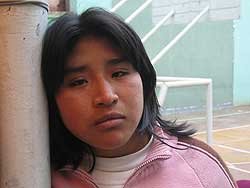
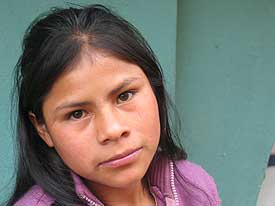
My first day in the Comisaria, I met a girl named S***** who was wearing clothes stained with huge spots of dried blood. In my everyday life I’ve become so accustomed to paint stained clothes that I almost didn’t notice. But, after realizing that the whole left side of her face was swollen and bruised and seeing a huge gouge in her scalp that had been stitched up leaving her hair stringy from the dried blood still in it that hadn´t been washed out—the whole significance of her stained clothes hit me like an anvil. When I met her she was crying by the window as the other kids waited for lunch to be served. I sat next to her not knowing what to do or say, or even if touching her would comfort her after her last experience with touching ended up with her being beaten. What I wanted to tell her was that the whole world isn’t like that, that the whole world doesn´t treat people like she had been treated, but these words seemed empty consolation to a child whose world actually is like that.
After circling through this series of different experiences with children, violence and poverty in Cusco, I was left feeling full of a particular kind of rage that was lodged deep inside my abdomen and would not pass through. It couldn´t pass, because as an individual I am a miniscule force, and even worse, one that enters into environments of abuse and poverty temporarily, to share in suffering like a tourist, or voyeur, of it. To momentarily alleviate a suffering that will return because the society it exists within does not change. I don´t deny that the volunteer work I did in Cusco (or that anyone does anywhere) is an important and positive contribution. In the end I have the privilege to leave it at will, as these kids live under lock and key until a judge decrees their future. Although some would argue that even short interactions with these children could spark completely different courses of action in their future, this approach to revolution continues to remain intangible and speculative to me. I am not a missionary, and its unlikely that I will sacrifice my entire life to volunteer work. I paint on things and manage to make time and money for art and traveling. I am privileged, I enjoy freedoms that everyone should have but only few actually do. Within the capacities I possess, the thing that I have to give these kids that changes the environment they live in is a little bit of paint on a wall. Its really an insufficient gift, they deserve much more. They deserve their basic needs to be covered, they deserve to be autonomous beings, they deserve to control their “selves” against forces that try to manipulate, abuse, mutate them. They deserve awareness of these rights, to demand them, and for them to be granted. But the paint endures, even after my privilege has taken me elsewhere,
and hopefully there´s something valuable in that.

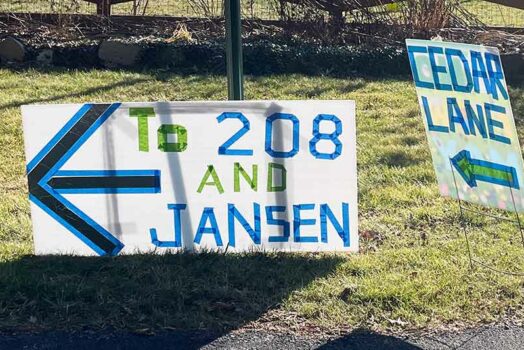

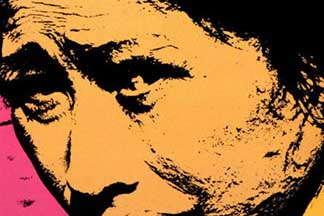


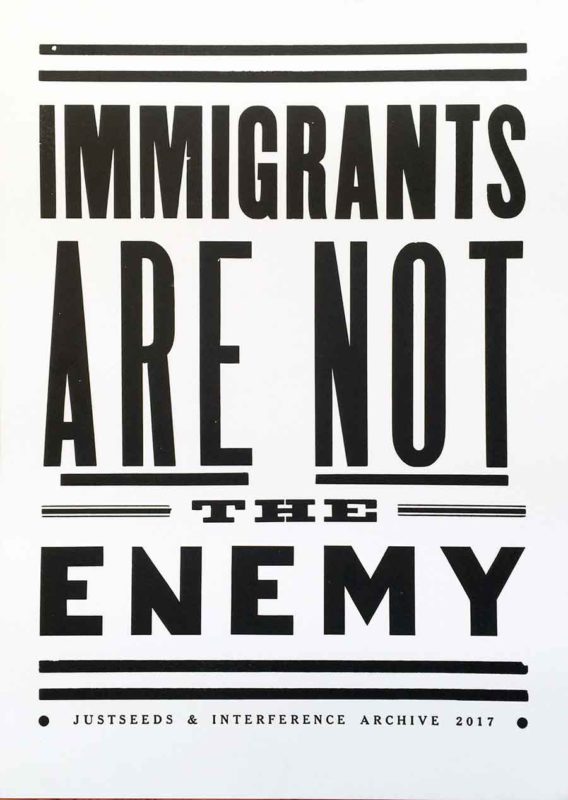
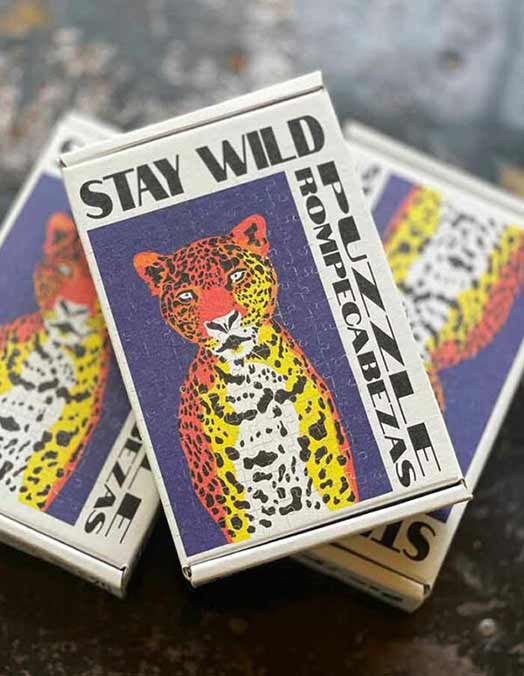

this is a lovely piece and a moving story. this is the same person who did that amazing redhook project, right?
Yes it is!
Imminent DIsaster in Red Hook
Red Hook Project
great writing, and beautiful art!
Dear ID, thanks for sharing your thoughts & work as you travel…
its so complicated for no reason. it originates from greed, control, and power. it takes so little to survive, live a healthy life, and be helpful to others. the casualties are endless…everywhere we turn. even in our extremely privileged lives.